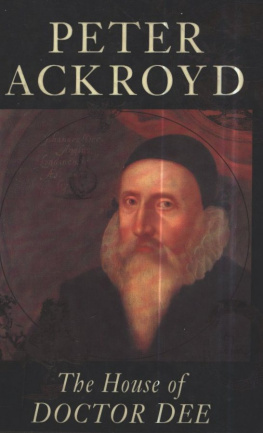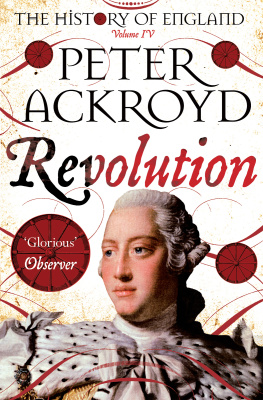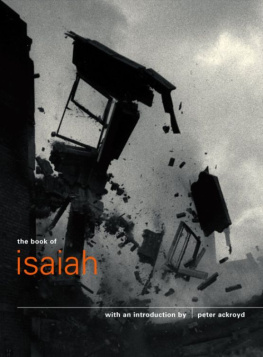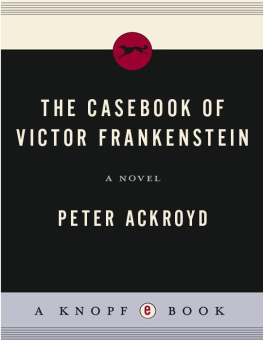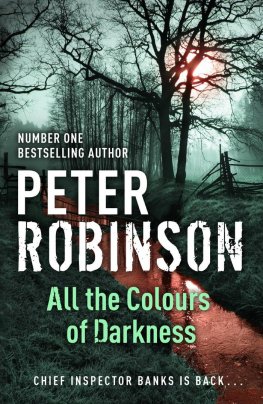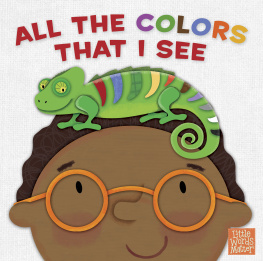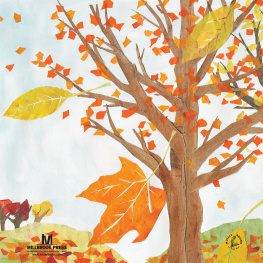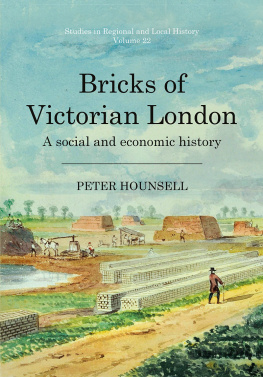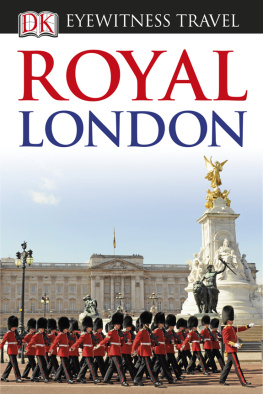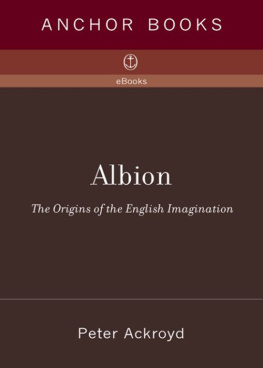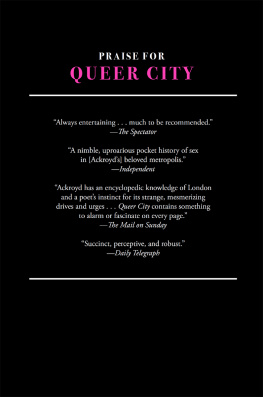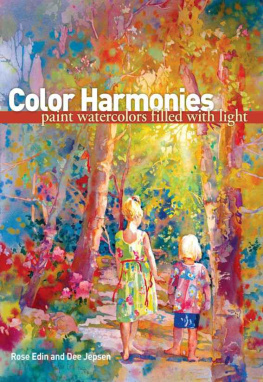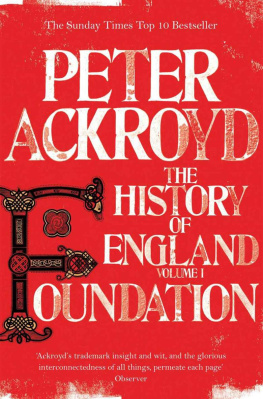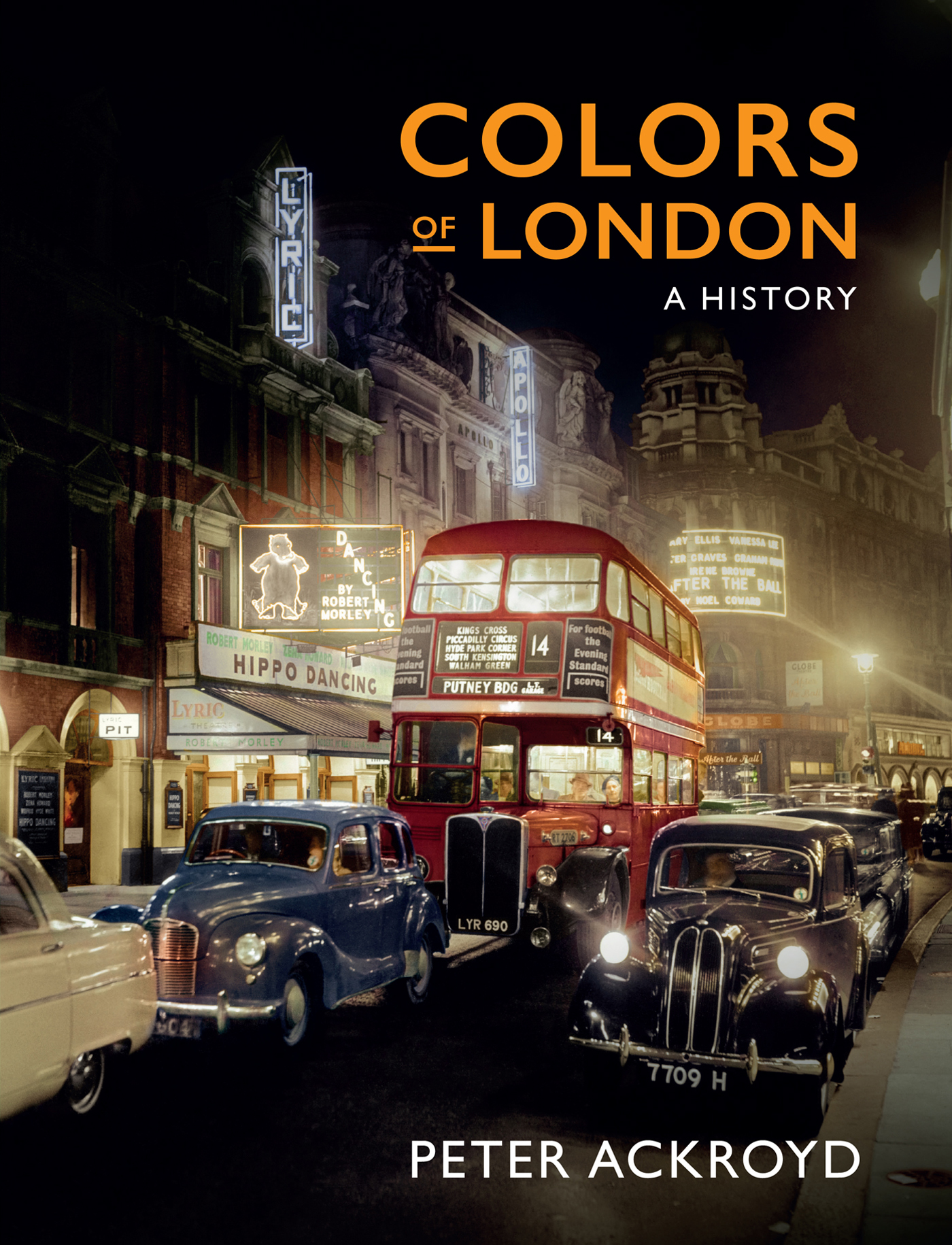Peter Ackroyd - Colors of London: A History
Here you can read online Peter Ackroyd - Colors of London: A History full text of the book (entire story) in english for free. Download pdf and epub, get meaning, cover and reviews about this ebook. year: 2022, publisher: Frances Lincoln, genre: Science / History. Description of the work, (preface) as well as reviews are available. Best literature library LitArk.com created for fans of good reading and offers a wide selection of genres:
Romance novel
Science fiction
Adventure
Detective
Science
History
Home and family
Prose
Art
Politics
Computer
Non-fiction
Religion
Business
Children
Humor
Choose a favorite category and find really read worthwhile books. Enjoy immersion in the world of imagination, feel the emotions of the characters or learn something new for yourself, make an fascinating discovery.

- Book:Colors of London: A History
- Author:
- Publisher:Frances Lincoln
- Genre:
- Year:2022
- Rating:4 / 5
- Favourites:Add to favourites
- Your mark:
Colors of London: A History: summary, description and annotation
We offer to read an annotation, description, summary or preface (depends on what the author of the book "Colors of London: A History" wrote himself). If you haven't found the necessary information about the book — write in the comments, we will try to find it.
Think of the colors of London and what do you imagine? The reds of open-top buses and terracotta bricks? The grey smog of Victorian industry, Portland stone, and pigeons in Trafalgar square? Or the gradations of yellows, violets, and blues that shimmer on the Thames at sunsetreflecting the incandescent light of a city that never truly goes dark. We associate green with royal parks and the District Line; gold with royal carriages, the Golden Lane Estate, and the tops of monuments and cathedrals.
Colors of London shows us that color is everywhere in the city, and each one holds myriad links to its past. The colors of London have inspired artists (Whistler, Van Gogh, Turner, Monet), designers (Harry Beck) and social reformers (Charles Booth). And from the citys first origins, Ackroyd shows how color is always to be found at the heart of Londons history, from the blazing reds of the Great Fire of London to the blackouts of the Blitz to the bold colors of royal celebrations and vibrant street life.
This beautifully written book examines the citys fascinating relationship with color, alongside specially commissioned colorised photographs from Dynamichrome, which bring a lost London back to life.
London has been the main character in Ackroyds work ever since his first novel, and he has won countless prizes in both fiction and non-fiction for his truly remarkable body of work. Here, he channels a lifetime of knowledge of the great city, writing with clarity and passion about the hues and shades which have shaped Londons journey through history into the present day.
A truly invaluable book for lovers of art, history, photography, or urban geography, this beautifully illustrated title tells a rich and fascinating story of the history of this great and ever-changing city.
Peter Ackroyd: author's other books
Who wrote Colors of London: A History? Find out the surname, the name of the author of the book and a list of all author's works by series.


